Having deployed over $300 million of its billion-dollar Global Voyager Fund, Ping An Insurance, China’s largest insurer by market value, is in preliminary discussions to bring in third-party institutional investors through a new fund.
“We have been approached by a few possible investors and partners who are interested in what we do, particularly from strategic investors who have similar interests to Ping An,” Jonathan Larsen, chief innovation officer of Ping An and chairman & CEO of Ping An Global Voyager Fund, told DealStreetAsia in an interview in Hong Kong. “We are beginning to explore the possibility of bringing in third-party LPs.”
One benefit of bringing strategic partners into the fund, he said, is that these institutional investors, as limited partners (LPs), could potentially become users and partners of the fund’s portfolio companies.
“I think they’re going to be much more committed when they actually are shareholders in the [portfolio] company than if it’s just an arm’s length relationship,” said Larsen.
Larsen joined Ping An in May 2017 and has been leading the firm’s Ping An Global Voyager Fund, a $1-billion corporate fund solely financed by the Shenzhen-based company to spearhead investments in the global fintech and digital health industries.
The fund principally sources deals outside of China targeting growth-stage companies that can generate lucrative returns and bring synergies to the Chinese insurer.
So far, Ping An Voyager Fund has invested over $300 million in 13 companies across the US, Europe, Israel, China and India. The fund primarily focuses on established businesses that are already profitable or breaking even. It typically injects $20-30 million into each deal; its largest transaction so far is $45 million in German startup Finleap that builds fintech companies.
Larsen said that the fund’s current internal rate of return (IRR) has crossed 35 per cent on a mark-to-market basis – if calculated under a conservative methodology. Having closed four deals in the first half of 2020, the fund has built “a robust [deal] pipeline” and is expected to enjoy the initial public offering (IPO) of a few portfolio companies in the following months.
“We’re still early into this journey, but we’re encouraged by what we’ve seen so far,” said Larsen.
Edited excerpts:-




